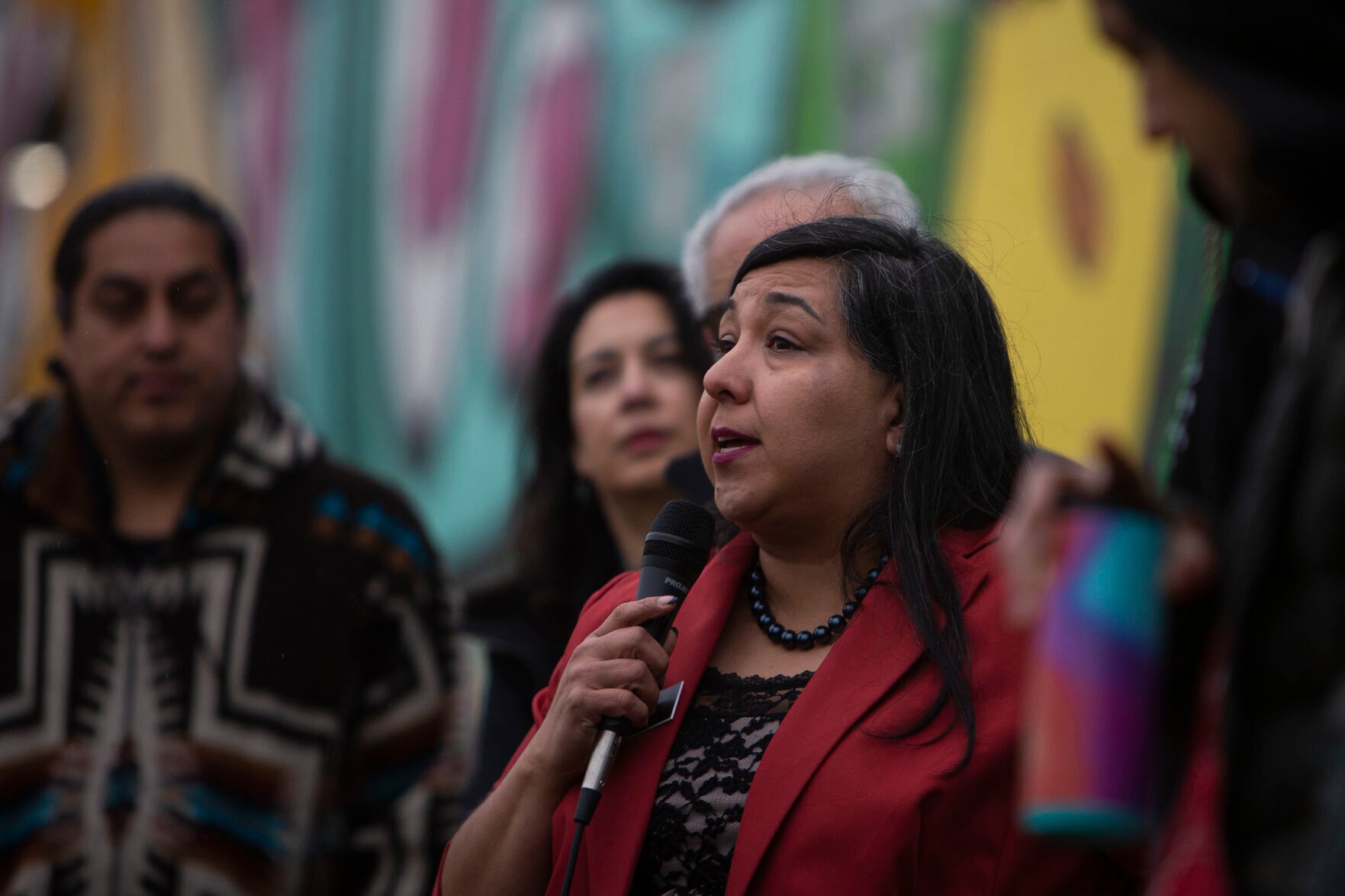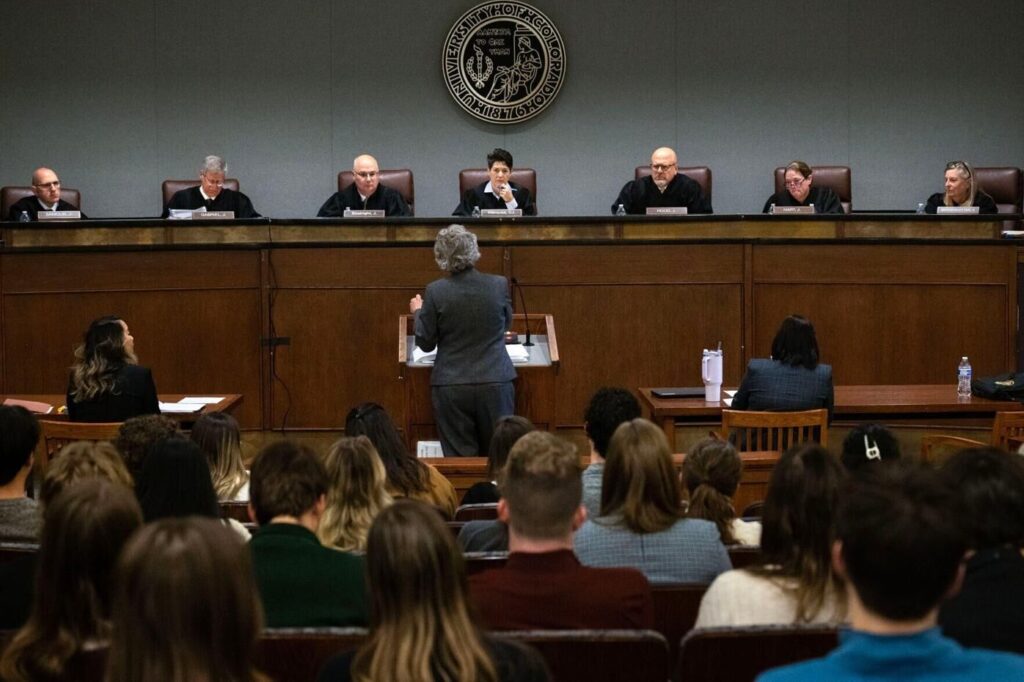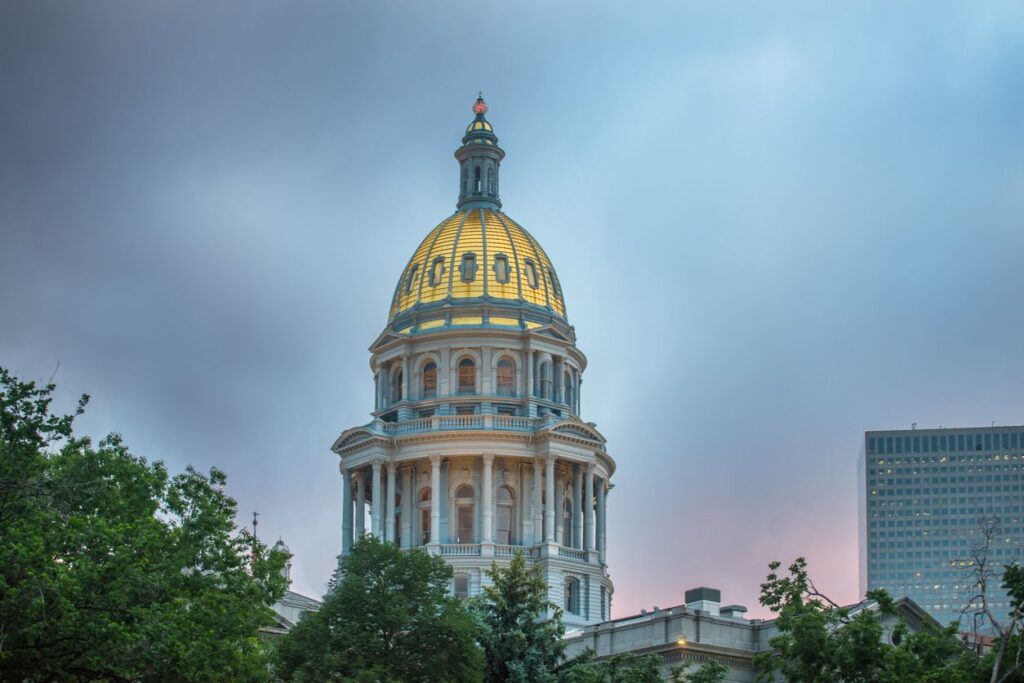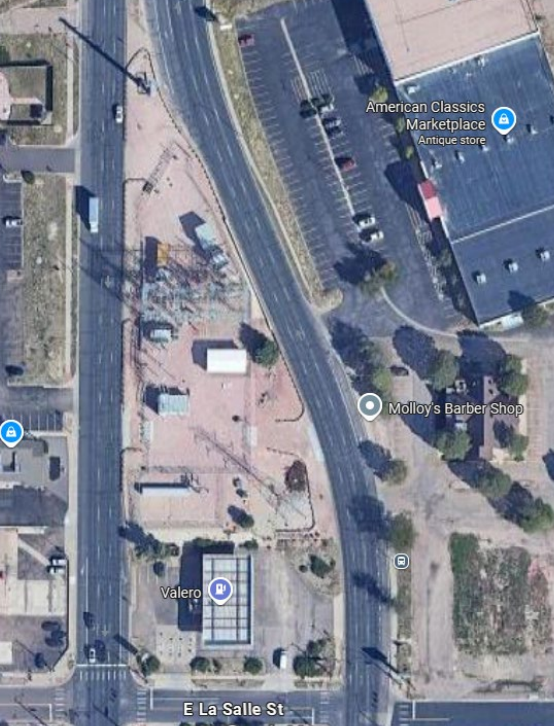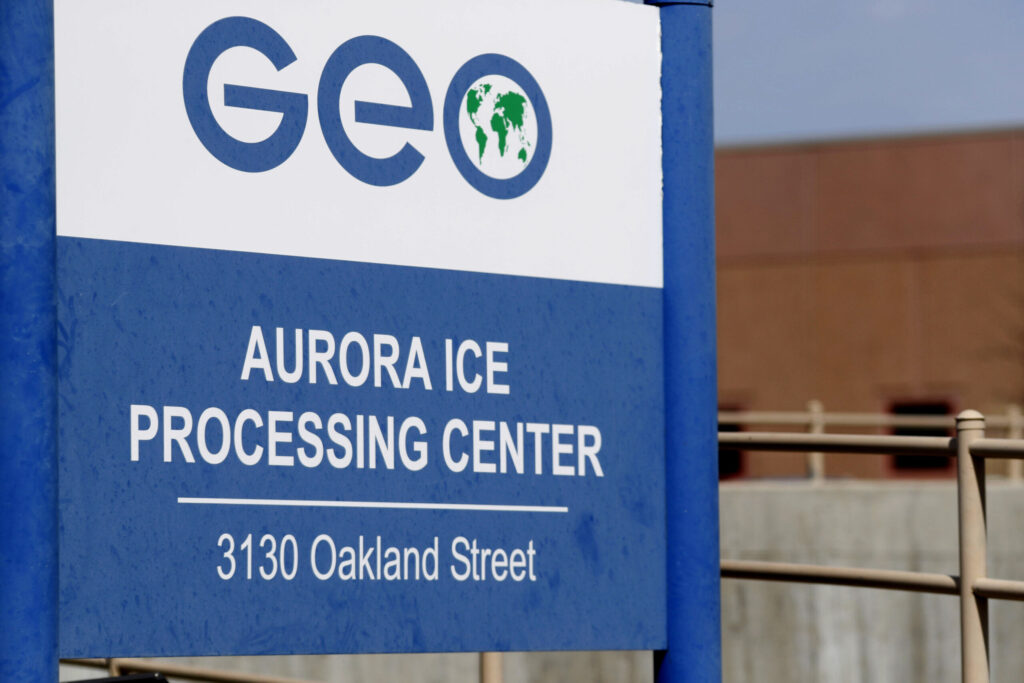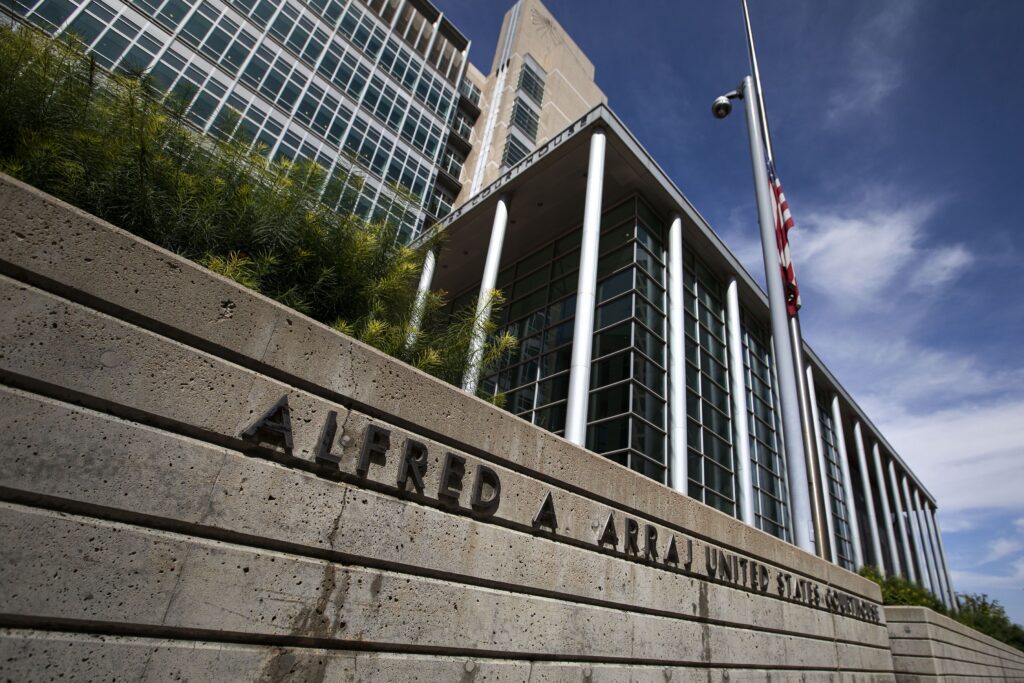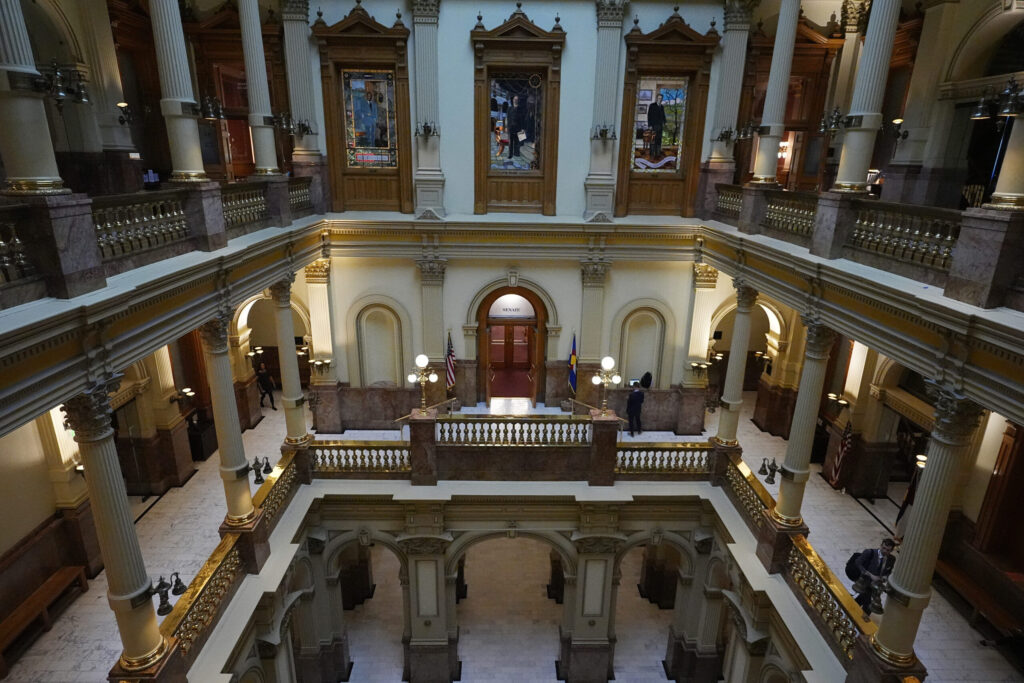National Trust for Historic Preservation recognizes Chicano/a/x Community Murals of Colorado as endangered historic places
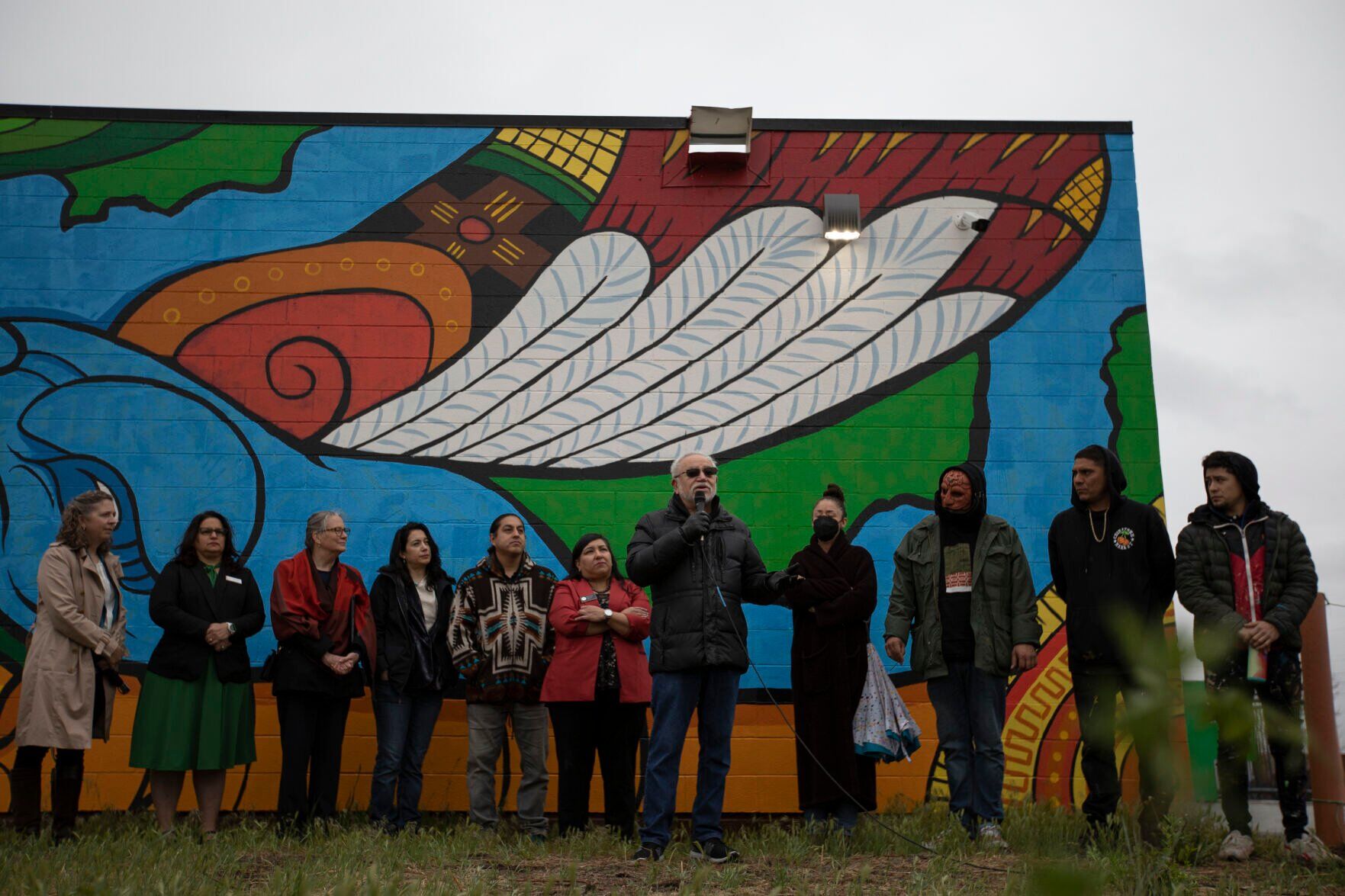
The National Trust for Historic Preservation on Wednesday named the Chicano/a/x Community Murals of Colorado to its 2022 list of America’s 11 Most Endangered Historic Places.
Lucha Martinez de Luna, director of the Chicano/a/x Community Murals of Colorado Project, said her organization nominated murals throughout the state to the list “in recognition of the dangers posed by weathering, rapid urban development and gentrification, along with limited legal protections to protect these sites from destruction and erasure.” Five murals were submitted as a representative sample of the community murals:
- “San Luis-Sierras y Colores,” a 1986 mural by Carlos Sandoval in San Luis, commemorates the oldest town in Colorado founded by Hispano settlers when it was still part of Mexico
- A 1978 mural by Leo Lucero in Pueblo’s Plaza Verde Park symbolizes the spirit of the Indigenous people and the land before colonialism
- “Huitzilopochtli,” a 2008 mural by David Ocelotl Garcia on Eighth Avenue between Federal and Decatur in Denver uses symbolism to represent spiritual philosophies specific to the healing of the mind, body and soul
- A 2020 mural by Alicia Cardenas at 2700 Larimer St. in Denver symbolizes taking down statues and representations of the history “we thought we knew,” to empower those harmed by it
- “La Alma,” a 1978 mural by Emanuel Martinez at the La Alma Recreation Center in Denver that commemorates the birthplace of the Chicano Mural Movement in Colorado. The mural celebrates the legacy of Indigenous and mestizo descendants over the past and present, and seeks to inspire youth to create a promising future
Amy Webb, a senior field director with the National Trust for Historic Preservation, said this is the first time murals are being included in the listing of endangered places in its 34-year history.
Preservationists say murals including those at La Alma-Lincoln Park and at 27th and Larimer Streets need to be protected.
9News
Wednesday’s news conference was held at Eighth Avenue, where “Huitzilopochtli” is being restored after it was painted over by tenants of the Sisters of Color building. Ocelotl Garcia helped coordinate the murals on every wall of the building, and while his mural – which was on the wall facing Eighth Avenue – was white washed, he said the restoration effort shows that “we can restore this mural.” He said restoration for “Huitzilopochtli” will continue this summer.
“To me art is energy, and these murals project energy,” Ocelotl Garcia said. “They’re not just visual images. They actually contain spirit and energy that people can feel, and I think that’s a beautiful thing.
“I think this is a manifestation of that, because art brings people together. It creates recognition,” Ocelotl Garcia added. “So that’s exciting to me because I’m seeing it. … It’s like proof that that’s true. It’s not just something I’ve determined.”
Ocelotl Garcia said there are endless possibilities for where the murals project and other cultural organizations can go.
“I want us all to recognize this designation as a catalyst for authentic action and to see the grassroots communities’ persistent work to protect and preserve this history as a true inspiration,” Dawn DiPrince, executive director of History Colorado, said at the event.
Martinez de Luna said that when she submitted the application, she thought it was a long shot. She said these murals function as textbooks, filling a void in museums as well as cultural and educational institutions “that fail to describe the true history of this country.”
“Challenging the status quo, community murals create spaces in our rural and urban landscapes that affirm communities in bold, vibrant colors and graphic imagery,” Martinez de Luna said. “They state we are here, we are essential and our history matters.”
Denver City Council Pro Tem Jamie Torres said art tells the stories that haven’t been told through national narratives.
“They made sure that it was told somewhere, that history was correct somewhere for our community to see,” said Torres, who later added: “This recognition that this art form and this form of storytelling is facing extinction should be a wake up call for all of us that it is not just about beautifying the streetscape. It really is about who is painting that mural, what story are they telling, and how are we making sure that it’s preserved for as long as it possibly can be.”
Martinez, the artist of “La Alma” and Martinez de Luna’s father, said he’s ecstatic to be part of the designation process and that he’s looking forward to further preserving his mural, which is now over 40 years old.
“I’m very honored and glad to see that this is happening, finally, after having done murals in the late ’60s and early ’70s, most of which have been wiped out in the Denver area,” Martinez said. “I’m just proud to see that at least one of my murals will be saved and preserved and I’m looking forward to even enhancing it more.”
Martinez said murals are public property that belong to everybody who sees them and that he’s proud the community has chosen to protect and honor his.
Wednesday’s event celebrating the murals was supposed to be held at La Alma Park with Martinez’s mural, but the city recently closed the park after Gary Arellano, 63, was shot and killed after trying to break up a fight near the park. Martinez said he’s worried about the future of the park his mural calls home.
“There’s some talk about them closing the park, so I’m really concerned about that and concerned about what’s gonna happen with the mural,” Martinez said.
Martinez de Luna said that while it was a hard decision to move the celebration from the park, it worked out because the murals at the Sisters of Color building represent the next generation of the movement started at La Alma Park.



